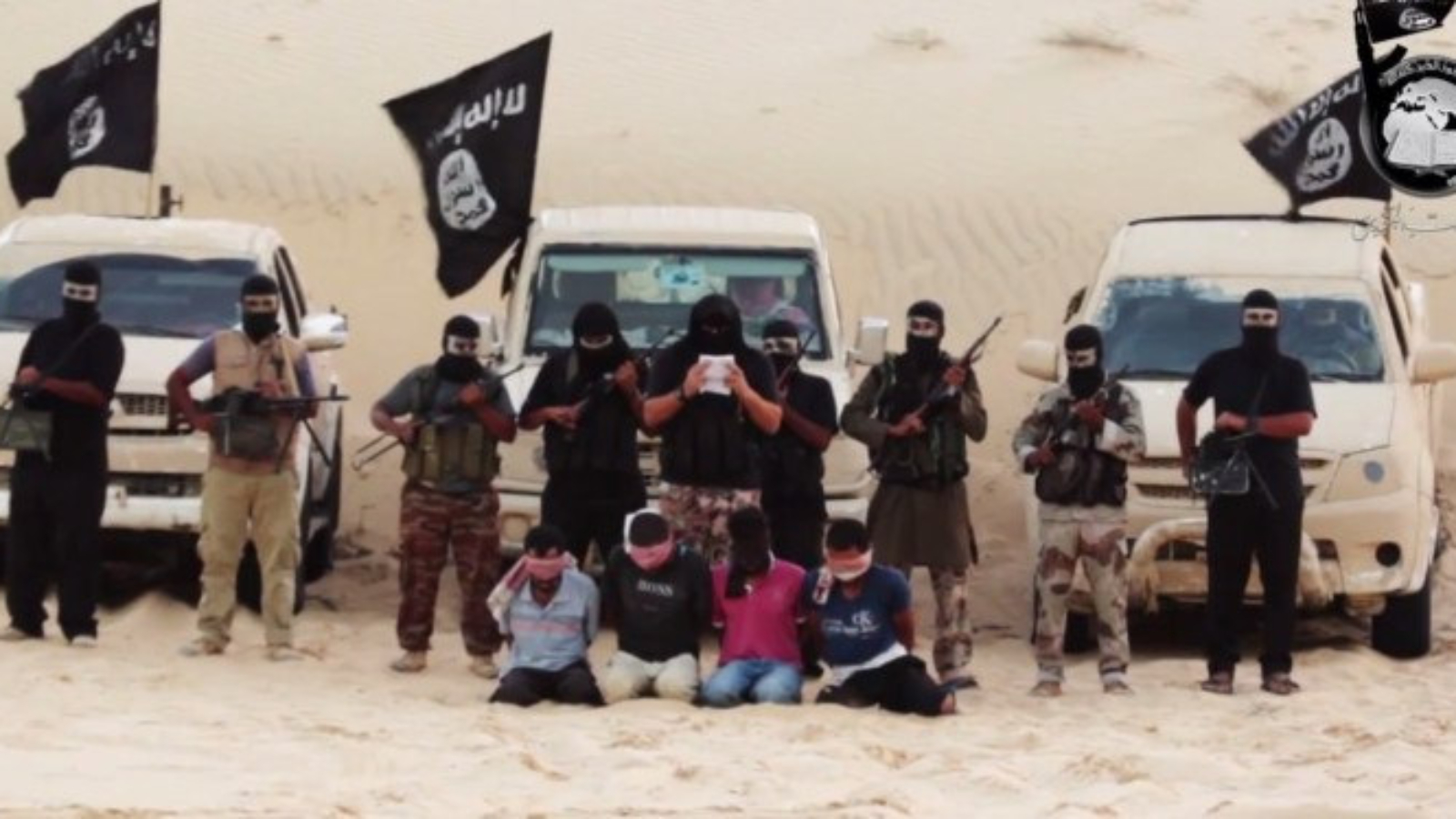By Callie Plapinger
On July 8, 2015, a senior official of the Islamic State in Afghanistan was killed. This major victory for the American government and its allies came in the wake of President Obama’s pledge to intensify airstrikes against the terrorist group. However, the Islamic State’s most recent attack on Kuwait City, Kuwait has raised many questions regarding the efficacy of current U.S. and western foreign policy, the terrorist group’s focus on targeting Shiite Muslims, and the framing of the conflict’s narrative by Western media.
Terror attacks in France, Kuwait, and Tunisia at the end of last month occurred within three hours of each other, and shortly after, IS claimed responsibility for the latter two incidents on Twitter. The attack in Kuwait occurred in the Imam Sadiq Mosque during Friday prayers, killing 27 people and injuring over 200. It was the first attack on a site of Shiite worship in Kuwait.
In responding to the tragedy in Kuwait, many have pointed to similar attacks on Shiite mosques in Saudi Arabia, which perhaps occurred for the same purpose of further dividing the country’s Shia and Sunni populations. The Islamic State views Shiites as “heretics” and “apostates” — they publicly lauded the suicide bomber in Kuwait as a “knight of the Sunni people.” Further, extremist ideology in Kuwait has a history of being funded by Kuwaiti business and religious leaders, given the country’s deep-seated rivalry with neighboring Shiite Iran. Many speculate that the Islamic State targeted Kuwait not only because of its sizable Shia population, but also because it hosts a U.S. military base and has publicly supported airstrikes against the terrorist group.
Beyond Kuwait, the Islamic State is spreading and systematically attacking Muslims across the Middle East and North Africa. Dr. Julien Barnes-Dacey, a Senior Policy Fellow for the European Council on Foreign Relation’s Middle East & North Africa Program, believes that these attacks are symptoms of the “widening breakdown of regional order.” Without regional stability, the Islamic State has the potential to continue accumulating land, wealth, and power. Most recently, Islamic State supporters have vowed to dismantle Hamas and seize control of the Gaza region.
However, when considering the Islamic State, it is important to acknowledge its origins. As Dr. Emirhan Yorulmazlar, a Fellow at the Foreign Policy Institute of the Johns Hopkins School of Advanced International Studies suggests, “the ISIS problem has more to do with the legacy of the Iraq War, which was further aggravated by the ensuing political-security void especially in the aftermath of the US withdrawal from Iraq.” Without acknowledging the roots of the Islamic State in the American occupation of Iraq, sound foreign policy cannot be crafted on the part of the U.S. government and its allies.
In his address regarding Islamic State strategy on July 7, 2015, President Obama stressed the need to not only continue airstrikes and ground combat, but to also fight extremist ideology with better ideas. While many have criticized Obama’s strategy against the Islamic State as vague and indirect, Dr. Yorulmazlar argues that a “post-Assad and non-sectarian Syria” is essential to defeating IS. In addition to combatting the terrorist group, Dr. Yorulmazlar asserts that work must be done to “find a middle ground between Sunnis and Shias,” which must involve “a broader reconciliation between Sunni and Shia powers,” such as Iran, Saudi Arabia, and Turkey.
While Dr. Barnes-Dacey agrees with the president on the necessity of providing an effective counter-narrative to IS, he notes that combatting the Islamic State must also involve “local fighters.” In the process, Dr. Barnes-Dacey says, one thing is clear: local actors must be the ones to “address the underlying challenges that have fed the [Islamic State’s] rise,” not the West, which has been the case in many past conflicts in the Middle East and North Africa.
Further, the foreign policy of both the U.S. and its allies must address the Islamic State within the broader context of the region as well as address the issues that predicated the group’s emergence. Dr. Camille Pecastaing, Senior Associate Professor of Middle East Studies at the Johns Hopkins School of Advanced International Studies, notes it would be wrong for the U.S. to “focus on the Islamic State in isolation of everything else that is going on in the Middle East.” Dr. Pecastaing believes that there is a lack of “coherence in American policy,” and the U.S. must both draw and enforce its red lines unlike in the past. This repeated discord between promise and the reality of American response has rendered a “credibility gap” in U.S. foreign policy towards the Middle East.
Dr. Pecastaing also notes that the western media’s failure to clarify the Islamic State’s realistic influence in the region and capabilities as a terror organization is actually beneficial to the group, as they reap the benefits of a free press and its sensationalistic attention span. Thus, providing a “more realistic and less hysterical view” of IS will actually diminish its strength.
Yet even with a more rational depiction of the threats posed by IS in the media, the U.S. government and the western world at large must adjust its foreign policy approach to ensure that there is sufficient coordination with Middle Eastern governments, more effective use of local forces, and an acknowledgment of the larger economic and geopolitical issues of which the Islamic State is symptomatic.
*****
*****
Callie Plapinger is an editorial assistant at World Policy Journal.
[Photo Courtesy of Flickr]